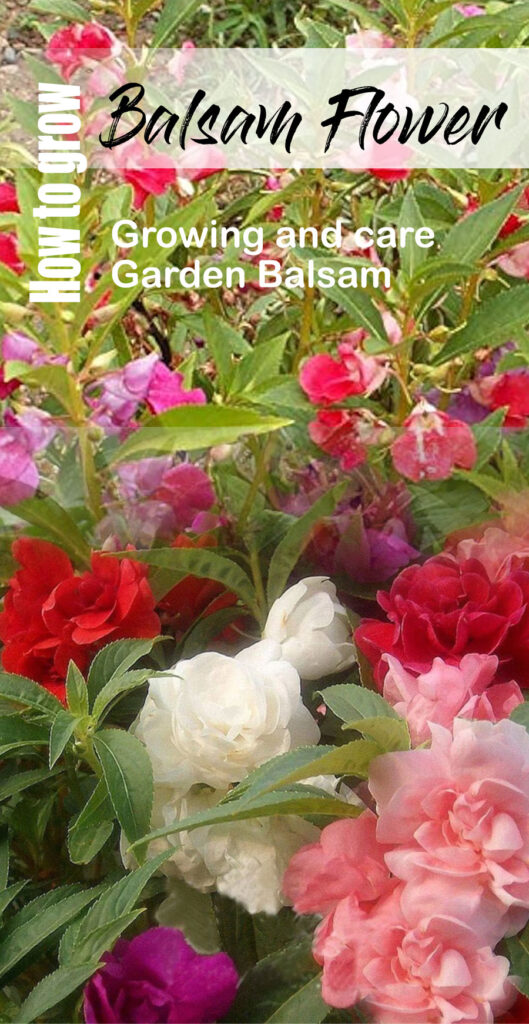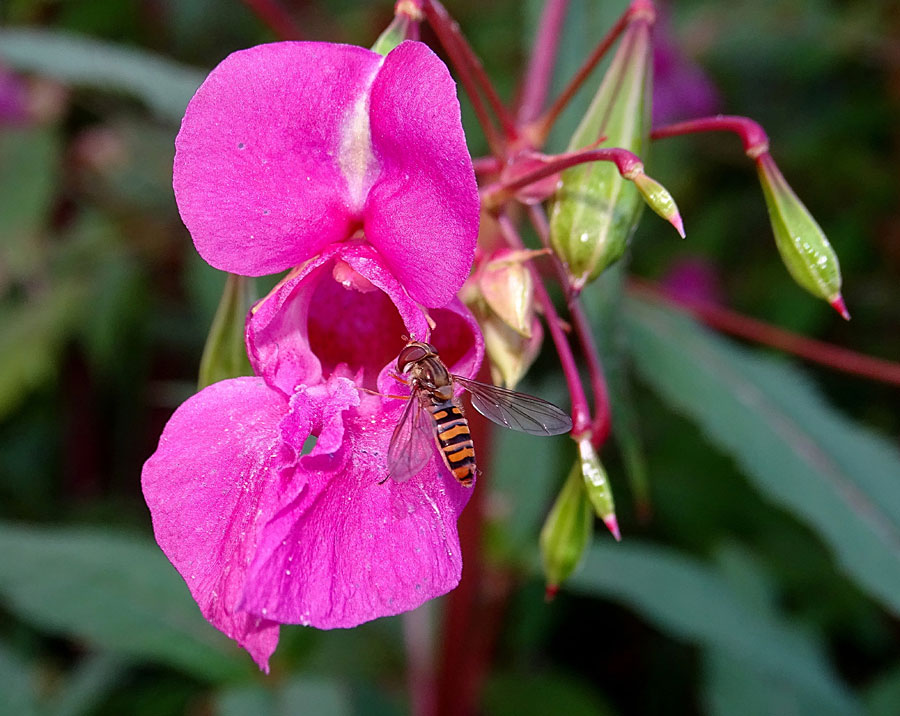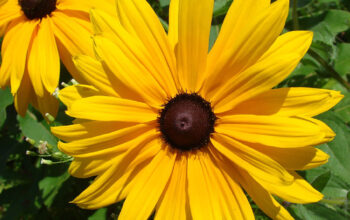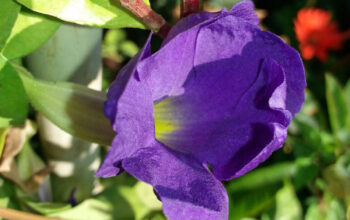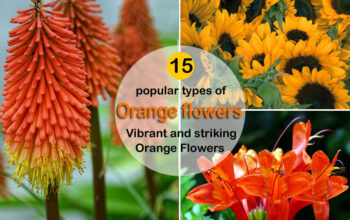Balsam Flower (Garden Balsam)
Growing and caring for balsam flower (Impatiens balsamina) is easy and rewarding, as this annual plant adds vibrant color to gardens with its bright flowers. Here’s a concise guide on how to grow and care for balsam:
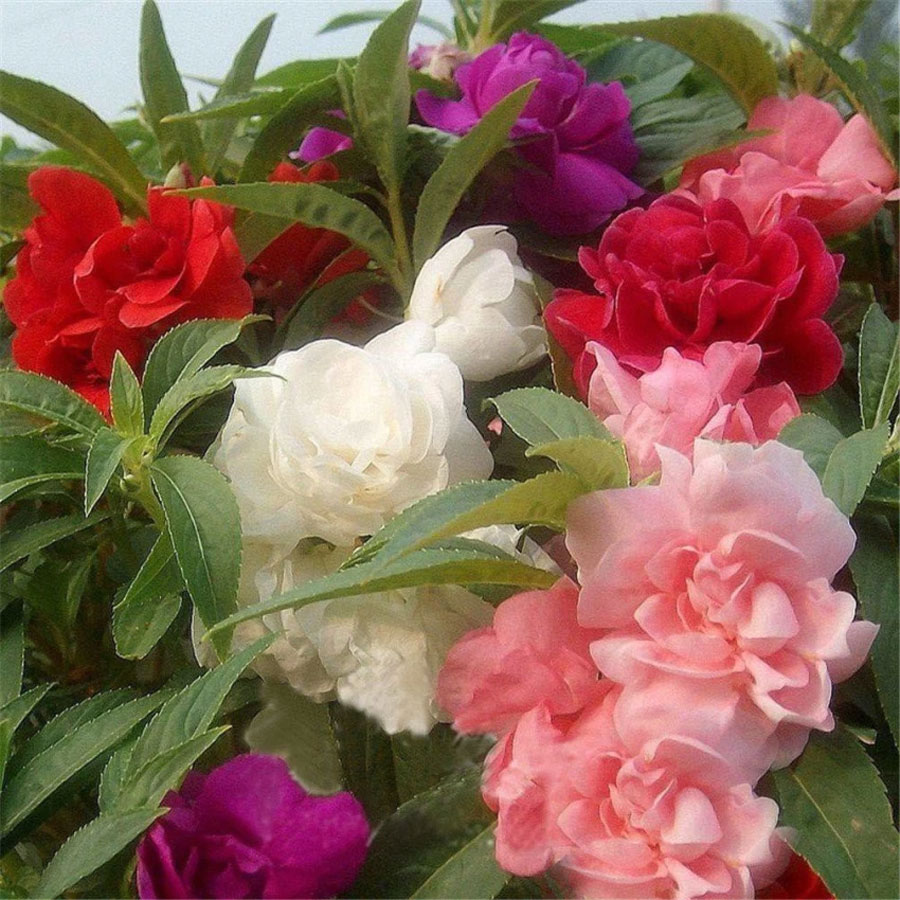
1. Sowing Seeds:
Start balsam flower seeds indoors about 6 to 8 weeks before the last frost, or sow directly outdoors after the danger of frost has passed. Use a seed tray or small pots filled with a well-draining seed-starting mix. Scatter the seeds on the soil surface and press them lightly without covering them, as they need light to germinate. After sowing the seeds, keep the tray in a warm place with indirect light, and maintain moisture in the soil. The seeds usually take 7 to 14 days to germinate.
2. Transplanting:
Once the seedlings have two to three true leaves and the risk of frost is over, transplant them outdoors. Choose a location with partial shade to full sun, depending on your climate; in hotter regions, they prefer some afternoon shade. Space the plants about 12 inches apart to allow for good air circulation.
3. Soil and Watering:
Balsam thrives in rich, well-draining soil with plenty of organic matter. Keep the soil consistently moist but not waterlogged, as balsam doesn’t tolerate drought well. To avoid fungal diseases, protect the foliage from getting wet, and water at the base of the plant.
4. Fertilization and Maintenance:
Feed balsam with a balanced, water-soluble fertilizer every 4 to 6 weeks during the growing season to encourage lush growth and prolific flowering. Regularly deadhead spent blooms to prolong the flowering period and maintain the plant’s appearance. Watch for pests like aphids and spider mites, and treat them promptly with insecticidal soap if necessary.
With proper care, balsam will bloom profusely throughout the summer, bringing vibrant color and a touch of old-fashioned charm to your garden.
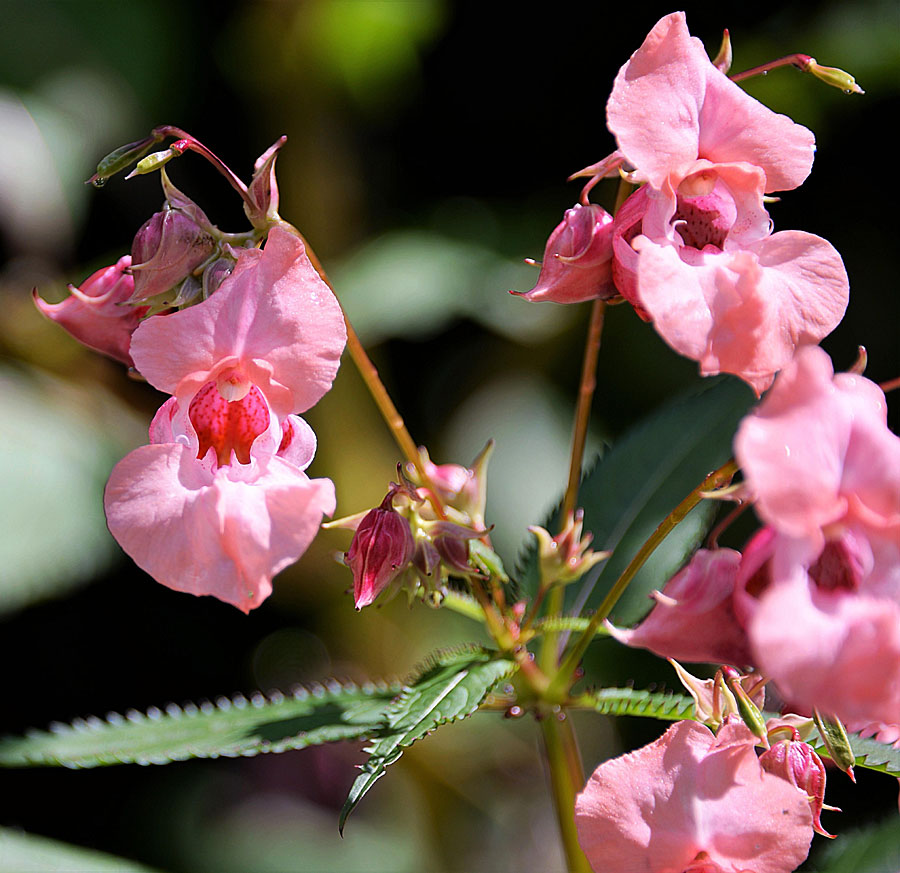
Growing balsam flower Seeds
Growing balsam (Impatiens balsamina), also known as garden balsam or touch-me-not, from seeds, is relatively straightforward and rewarding. We’re giving you a step-by-step guide to get you started.
Choosing Seeds and Timing:
Begin with fresh balsam seeds, as they have the best chance of germination. If sowing seeds indoors the best time to do so is about 6 to 8 weeks before the last expected frost in your area. If sowing directly outdoors, wait until after the danger of frost has passed, as balsam is sensitive to cold.
Preparing the Soil:
Balsam prefers well-draining soil that is rich in organic matter. Use a good quality seed-starting mix to start indoors. For outdoor sowing, loosen the garden soil and amend it with compost to improve fertility and drainage.
Sowing the Seeds:
Scatter the seeds on the surface of the soil and lightly press them down without covering them too deeply, as they need light to germinate. Space them about 2 inches apart if sowing in trays. Water slowly to maintain moisture in the soil, this will prevent the seeds from being displaced.
Germination Conditions:
After planting the seeds, keep the tray in a warm place.
Read also:
How to Grow and Care Bleeding Hearts Plant. Anthurium Plants Growing in Pots. Primrose Flowers Growing from Seeds. Growing and caring about Crossandra flowers. Best flowers for Bees and Butterfly garden. Lily plant (Lilium) growing in containers.
For Pin:
